How to Calculate CapEx (Capital Expenditure): Formula & Examples
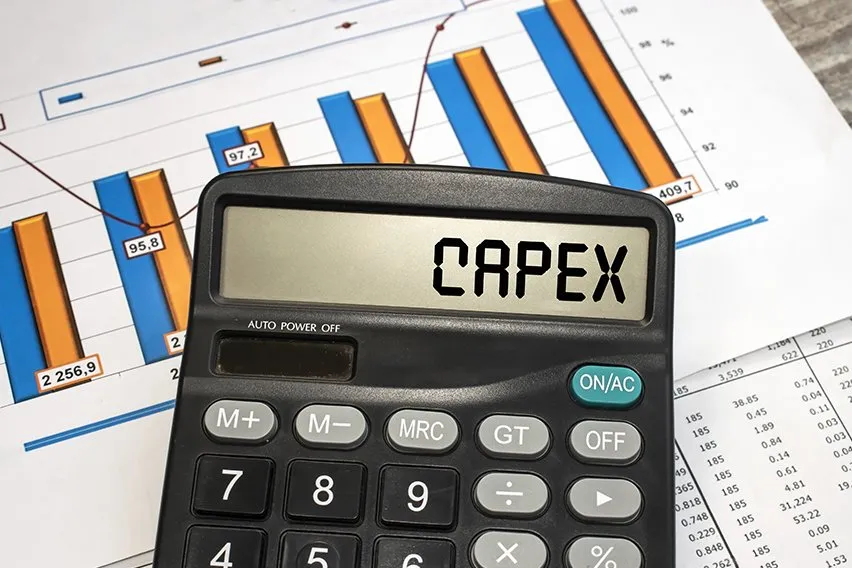
As a small business owner, you need to worry about everything from employee expenses to fixed assets. And when it comes to fixed assets, you’re going to purchase and hopefully upgrade them as time goes on. But how do you know where to start?
Like most accounting processes, doing them accurately lets you gain a lot of insights into your income statement and balance sheet. You can get a better sense as to what’s working and what isn’t. Plus, you can see areas of your business where you can improve and even cut costs.
As well, you can see details when it comes to capital spending and your physical assets during an accounting period. But capital expenditures, also called CapEx, can involve a little bit more of an understanding.
Here is everything that you need to know for how to calculate CapEx, including the formula and some examples.
Here’s What We’ll Cover:
How Do You Know When to Capitalize and When to Expense?
Including CapEx on Your Cash Flow Statement
What Is CapEx?
When you operate a business you’re going to need to purchase certain things, such as fixed assets. These can range from factories, buildings, equipment and even technology. But is it enough just to purchase and own those fixed assets?
You also need to maintain and improve them as time goes on. This can have a substantial positive impact on your overall business operations. CapEx is any money that you invest in either acquiring, improving or maintaining your fixed assets.
CapEx is usually going to get included in your cash flow statement. But, you can also gain some more insights from things such as your balance sheet. CapEx can be great if you’re looking to take on a new project or are looking for new investments.
For example, you might need to repair a roof, build a brand new factory or purchase a new piece of equipment. Not only can capital expenditures increase your scope of operations, they also add economic benefits.

Simply put, CapEx is a payment you make for goods or services and it’s recorded on your balance sheet. This is instead of expensing them on your income statement. It can be important to try and maintain your existing property and equipment.
This allows you to invest in things such as new technology for your business or another type of asset that can contribute to business growth. CapEx can be incredibly important if you want to grow and maintain business operations. This is because you invest in new property, plant and equipment (PP&E).
It’s worth noting that if you have a fixed asset with a useful life of less than a year, you need to expense it on your income statement. When this happens, they can’t get considered to be CapEx. Plus, investors and financial analysts pay attention to your CapEx. This is since they aren’t going to appear on your income statement, but can have a positive impact on cash flow.
How Do You Know When to Capitalize and When to Expense?
Since CapEx and expenses can seem fairly similar, it can often be confusing when you actually capitalize or expense them. The decision ultimately comes down to how long you expect to receive a benefit from your expenditure.
If the benefit that you receive is less than a year, you’re going to expense it directly on your income statement. However, if the benefit you receive is going to be greater than a year, you capitalize it as an asset on your balance sheet.
Let’s take a look at an example.
The need to purchase things such as printer ink, paper and office supplies can be a regular occurrence to your business operations. But, this would get considered to be an operating expense since the benefit is going to be less than one year.
On the other hand, what if you need to expand your current factory or purchase a brand new building for your offices? You’re going to benefit from those purchases for longer than one year. This means that those purchases would become a capital expenditure.
Including CapEx on Your Cash Flow Statement
You might not be a full-time accountant or even look after your accounting processes. But you might have seen investing activities somewhere on your cash flow statement. CapEx will get found on your company’s cash flow statement.
How to Calculate CapEx
There’s no real calculations needed if you have access to your company’s cash flow statement. You can simply see all the different capital expenditures that were made. And they would get included in the investing cash flow section of the cash flow statement.
However, if you don’t have access to a cash flow statement then you can calculate CapEx yourself. To get started, follow these steps first:
- On your income statement, find depreciation and amortization
- Then, locate your current period of property, plant & equipment (PP&E) on your balance sheet
- Find the previous period of PP&E on the same balance sheet
Once you have found that information, you can use the following formula to calculate CapEx. The capital expenditure formula would look like this:
PP&E (current period) – PP&E (previous period) + Depreciation (current period) = CapEx

It’s important to note that this CapEx calculation is going to produce a net CapEx figure. This means that if there are any changes to PP&E in the period, they’re going to lower the value of CapEx. So, be aware of the new purchase of capital assets and their current level of depreciation.
Let’s take a look at a more in-depth example following the three steps outlined above.
- You found depreciation on your income statement to be $15,000
- On the balance sheet, the current period for PP&E is $40,000
- On the same balance sheet, you found the prior period of PP&E to be $39,000
You can then take those figures and put them into the formula:
$40,000 – $39,000 + $15,000 = $16,000 CapEx
Key Takeaways
Using the above-outlined CapEx formula can be helpful for financial modelling. And this is especially the case if your business has complicated financial statements. There can be a lot of detail that goes into your capital asset schedules.
To keep things simple, CapEx is any payment that you make for a good or service where you will benefit for longer than a year. If you benefit for longer than a year, you capitalize them as assets on your balance sheet. If you’re going to benefit from them for less than a year, you expense them directly on your income statement.
A few of the biggest things to remember are that you need to account for the depreciation expense. You also need to make sure your expenditures are long-term assets. Capital assets can commonly get confused with regular expenses. As long as the current assets will benefit you for longer than one year, they’re considered CapEx.
Knowing all of this information can significantly contribute to the future growth of your business. You can see all your operational costs and have an accurate accounting period.
Did you enjoy reading this guide? Head over to our resource hub for more great content!
RELATED ARTICLES

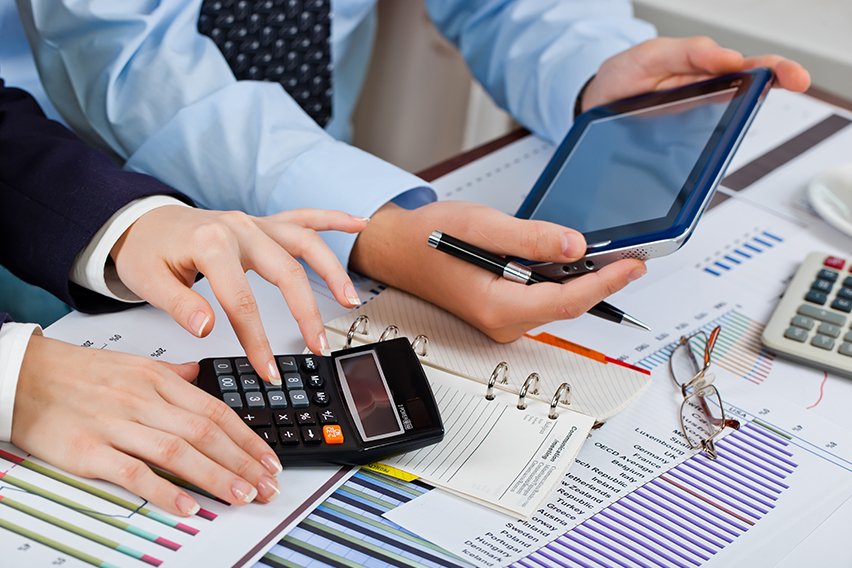 66 Basic Accounting Terms You Need to Know
66 Basic Accounting Terms You Need to Know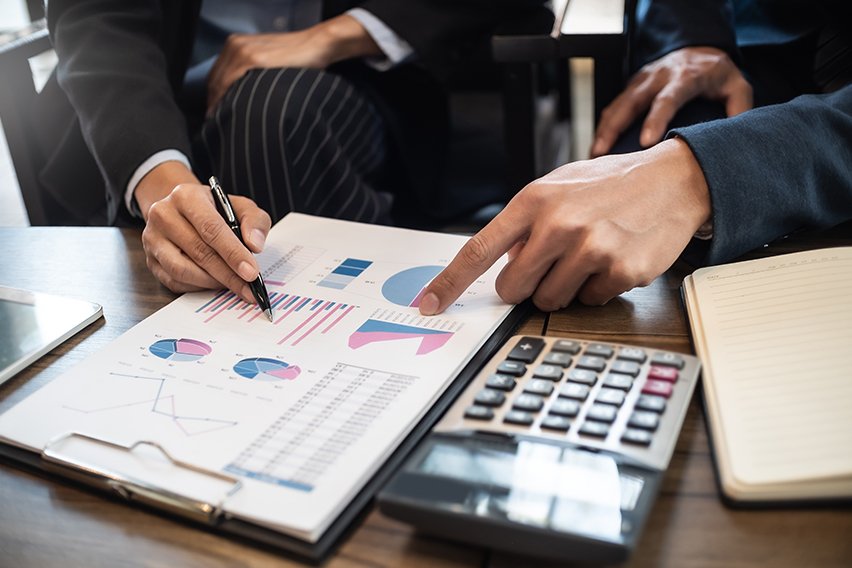 High-Low Method: Learn How to Estimate Fixed & Variable Costs
High-Low Method: Learn How to Estimate Fixed & Variable Costs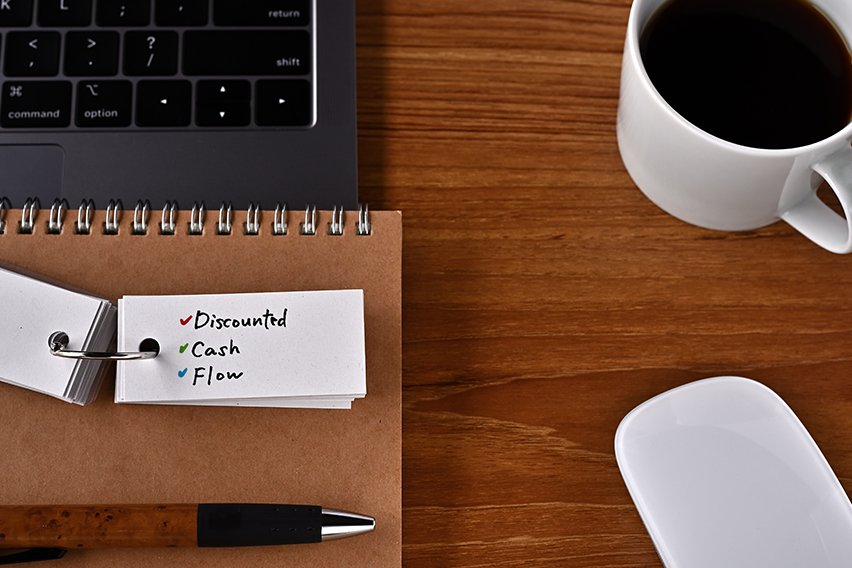 Discounted Cash Flow (DCF): Formula, Examples & Calculation
Discounted Cash Flow (DCF): Formula, Examples & Calculation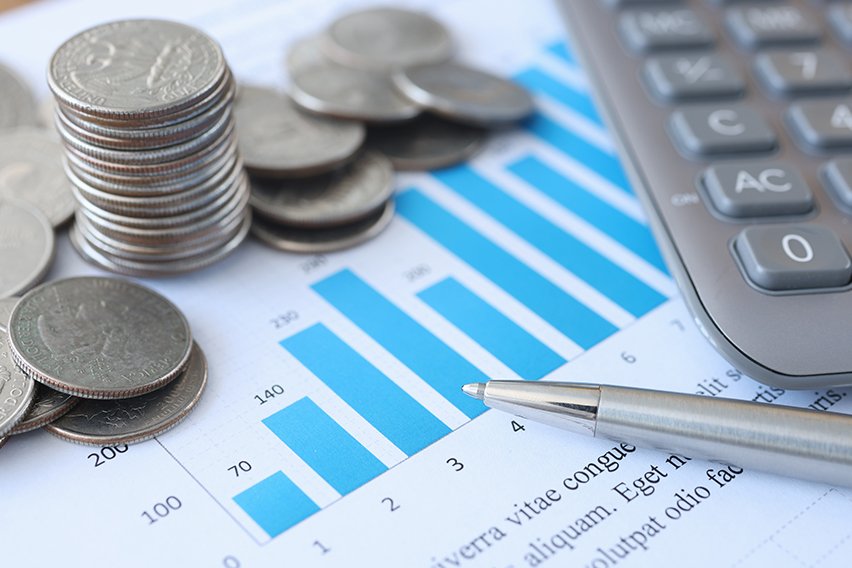 What Is the Contribution Margin & How to Calculate It? A Guide
What Is the Contribution Margin & How to Calculate It? A Guide What Is Cost Centre: Definition, Function & Examples
What Is Cost Centre: Definition, Function & Examples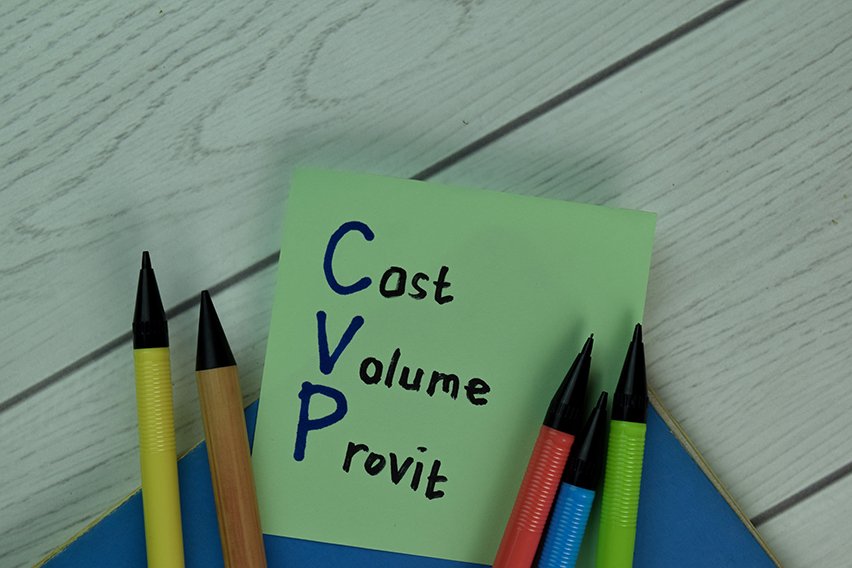 What Is CVP Analysis (Cost-Volume-Profit) & How to Perform It?
What Is CVP Analysis (Cost-Volume-Profit) & How to Perform It?